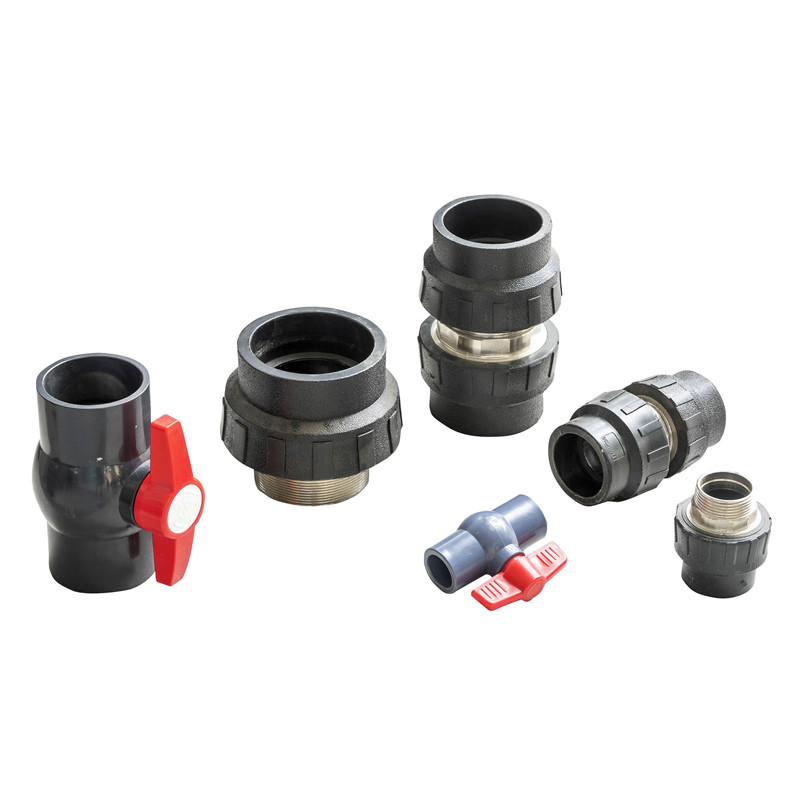Aug . 10, 2024 12:00 Back to list
Understanding the Benefits and Applications of HDPE Gas Pipes in Modern Infrastructure
HDPE Gas Pipe A Durable Solution for Modern Infrastructure
High-Density Polyethylene (HDPE) gas pipes have become a vital component in the infrastructure of modern gas distribution systems. Known for their exceptional strength, flexibility, and resistance to corrosion, HDPE pipes are increasingly favored over traditional piping materials such as steel and PVC. This material provides a reliable and efficient means of transporting natural gas and other hazardous materials, contributing to safer and more sustainable energy systems.
.
Another significant benefit of HDPE gas pipes is their fusion welding capabilities. The process of heat fusion creates a continuous, joint-free system that minimizes the risk of leaks. This is critical when transporting natural gas, where leakage could have severe safety implications. The smooth interior of HDPE pipes also enhances flow efficiency by reducing friction, thereby allowing for better pressure management and reduced energy costs during distribution.
hdpe gas pipe

Flexibility is another standout feature of HDPE pipes. This characteristic allows for easier handling, transportation, and installation. Unlike rigid pipe materials, HDPE can bend and curve around obstacles, significantly reducing the need for fittings and joints. This flexibility not only simplifies installation in complex terrain but also contributes to the overall durability of the system. Fewer joints mean fewer potential leak points, further enhancing the safety of gas transportation.
Additionally, HDPE pipes have a lower environmental impact compared to conventional piping solutions. They are lightweight, making transportation easier and requiring less energy for installation. The manufacturing process of HDPE is also less energy-intensive than that of metal pipes, contributing to a smaller carbon footprint. Furthermore, HDPE is recyclable, aligning with global sustainability goals and promoting a circular economy in the construction and utilities sectors.
However, despite its numerous advantages, the use of HDPE gas pipes comes with certain considerations. For instance, while HDPE is resistant to many chemicals, there are specific substances that can cause degradation over time. It is essential to conduct a thorough analysis of the materials the pipes will come into contact with. Additionally, while HDPE is suitable for many applications, it may not be the best choice for high-temperature environments, as its structural integrity can be compromised above certain temperature thresholds.
In conclusion, HDPE gas pipes represent a significant advancement in pipeline technology, offering a combination of strength, flexibility, and resistance to corrosion. Their ability to create leak-free joints and adaptability to various environments underscores their importance in natural gas distribution. As the industry continues to focus on sustainability and safety, the demand for HDPE gas pipes is likely to grow. With ongoing innovations in material science and engineering practices, HDPE pipes are set to play a crucial role in shaping the future of energy infrastructure, making it more resilient and environmentally friendly.
-
PVC Grey Sheet for Extraction: Chemical Resistant & Durable
NewsAug.19,2025
-
Durable PVC Pipe Fittings for Plumbing & Irrigation Needs
NewsAug.18,2025
-
HDPE Steel Belt Reinforced Spiral Corrugated Pipe | High Strength
NewsAug.17,2025
-
HDPE Pipe Fittings: Durable, Leak-Proof Solutions
NewsAug.16,2025
-
Premium CPVC Sheet: High-Temp & Chemical Resistant Solutions
NewsAug.15,2025
-
Durable PPR Pipe for Hot & Cold Water Systems - Easy Install
NewsAug.14,2025

